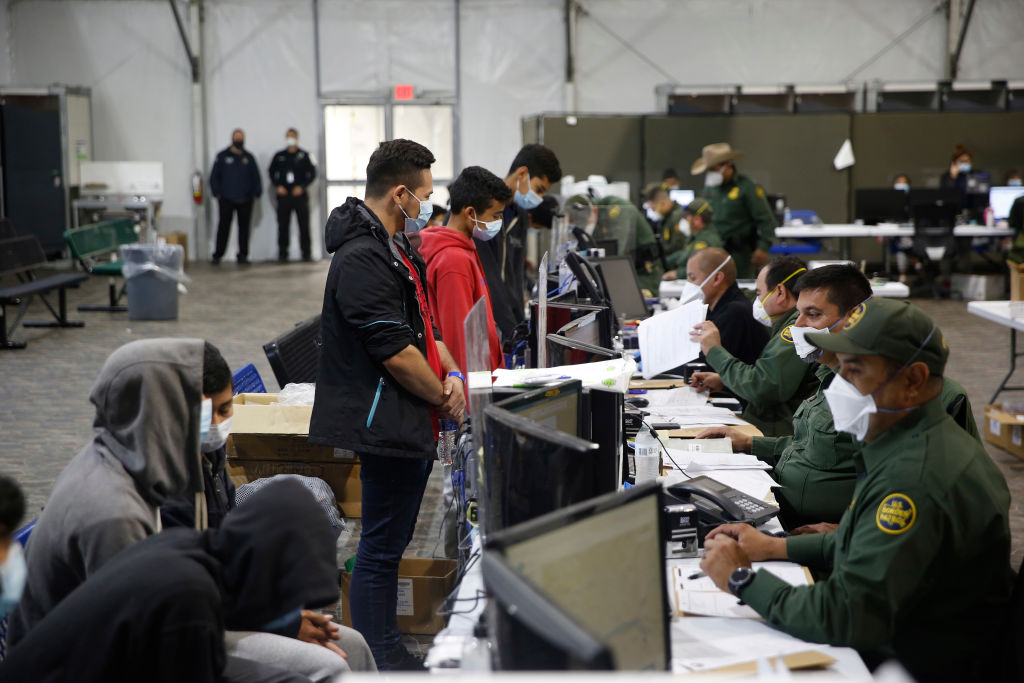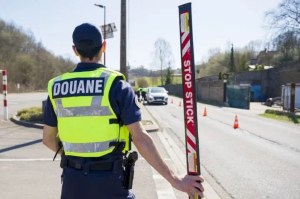Apps are the 21st century’s answer to everything, it seems to Cockburn. Faced with a problem, sooner or later some wiseacre will show up with one that will not only provide a solution but also vastly improve the lives of all that use it.
The miracles of smartphone tech are now being used to deal with the poor, huddled masses who have fetched up in one of the many refugee areas along the US-Mexico border. With tens of thousands of asylum seekers caught up in a vast tangle of bureaucratic delays and no short-term fix in sight, everyone is getting understandably vexed.
Enter technology. A new government app has been released, CBP One, which allows US border officials to monitor migrants with facial recognition, geolocation, and cloud technology and so, the thinking goes, process them faster. But Cockburn understands that this means the app will also be a magnet for migrants’ sensitive information, even before they enter the United States. Can Homeland Security justify surveillance on people desperate for admittance? Surely many of those risking their all for a new life in the United States are coming for a free and open society, not a state that monitors its residents — even before they become residents?
More concerning is the fact that the facial recognition technology driving the app has well-documented problems with people of color. Specifically, algorithms seem to be stumped by non-Caucasian features. A malfunctioning or unreliable algorithm may result in someone with a bona fide reason for seeking asylum being rejected out of hand. No questions asked.
Sophia Cope, a senior attorney at the Electronic Frontier Foundation, told the Los Angeles Times that the risk of relying on notoriously unreliable facial recognition technology is particularly acute for asylum seekers.
‘If people’s lives depend on an algorithm determining whether or not they are who they say they are, and it’s an imperfect algorithm,’ said Cope, ‘people may have to go back to the country they’re trying to flee because they can’t be verified.’
‘It may not seem like a big deal to match a pre-existing photograph to someone standing in front of you,’ she said. ‘But ultimately, the government is building a system of pervasive surveillance, and that creates a society that looks very different from a free republic.’
No one in their right mind would question the legitimacy of a government in vetting and approving those thousands who daily seek to enter its borders, legally and especially illegally. Yet in these fraught times, it occurs to Cockburn that in relying on faulty technology and erratic algorithms, the fundamental freedoms of the US so many crave may come at an ethical cost that should concern us all.


















